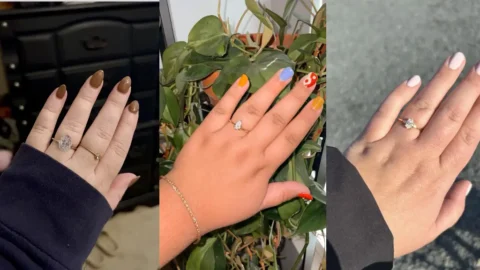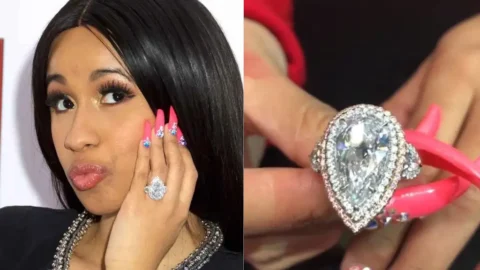Lab-grown diamonds have become increasingly popular for their ethical sourcing, environmental benefits, and identical appearance to natural diamonds. But one question many people ask is: how long does it take to make a lab-grown diamond? The answer depends on the process used, but it’s much faster than nature’s billion-year timeline.
In this post, we’ll explore the production methods of lab-grown diamonds, how long each takes, and what affects the final timeline.
What Are Lab-Grown Diamonds?
Lab-grown diamonds are real diamonds created in a laboratory under conditions that mimic the natural environment where diamonds form. They are chemically, physically, and optically identical to mined diamonds. The only difference is their origin.
Two primary methods are used to create lab-grown diamonds:
High Pressure High Temperature (HPHT)
Let’s break down how long each method takes.
1. High Pressure High Temperature (HPHT)
Time to grow a diamond: 7 to 10 days (on average)
The HPHT method replicates the intense heat and pressure found deep within the Earth. A tiny diamond seed is placed into carbon and subjected to temperatures over 1,400°C and pressures exceeding 1.5 million pounds per square inch.
Smaller diamonds (under 1 carat): Can be grown in 5 to 7 days
Larger diamonds (1+ carat): Usually take 10 to 12 days or more
Read More: What Is the Best Clarity for a Diamond?
2. Chemical Vapor Deposition (CVD)
Time to grow a diamond: 3 to 6 weeks (on average)
CVD uses a different approach. A diamond seed is placed in a chamber filled with carbon-rich gas. The gas is heated into plasma, which causes carbon atoms to accumulate on the seed and slowly build up a diamond.
Growth speed: Around 0.1 to 0.5 mm per day
Finished size: Depends on the duration and consistency of growth
CVD allows for greater control over purity and can result in higher-quality diamonds with fewer inclusions.
Post-Growth Processing
After the diamond is grown, it still needs to be:
Cut and polished: This takes a few days to a few weeks, depending on the complexity
Graded and certified: Sent to gem labs like GIA or IGI for quality certification
So from start to finish—including growth, cutting, and grading—the full process can take anywhere from a few weeks to two months.
| Stage | Method | Time Required | Notes |
|---|---|---|---|
| Diamond Growth | HPHT | 7 to 14 days | Faster, typically used for smaller to mid-size stones |
| CVD | 3 to 6 weeks | Slower growth, better control over purity and quality | |
| Cutting & Polishing | Both | 1 to 2 weeks | Precision work to shape and finish the diamond |
| Grading & Certification | Both | 3 to 7 days | Assessed by gemological labs like GIA or IGI |
| Total Time | HPHT or CVD | Approximately 4 to 8 weeks | Varies by size, quality, and lab technology |
Shop Lab Grown Diamond Jewelry
What Affects Growth Time?
Several factors influence how long it takes to grow a lab diamond:
Desired size and carat weight
Clarity and color grade goals
Type of equipment and technology used
Skill and precision of the lab technicians
Labs may choose slower growth to reduce defects, especially for higher-quality or larger diamonds.
Final Thoughts
While it takes nature millions (or even billions) of years to form a diamond deep beneath the Earth’s surface, lab-grown diamonds can be created in as little as a few weeks. Thanks to advanced technology, we now have access to ethically sourced, visually stunning diamonds in a fraction of the time.
Whether you’re buying a lab diamond for an engagement ring or just curious about the science, knowing how they’re made gives you a deeper appreciation for the innovation behind every sparkle.















